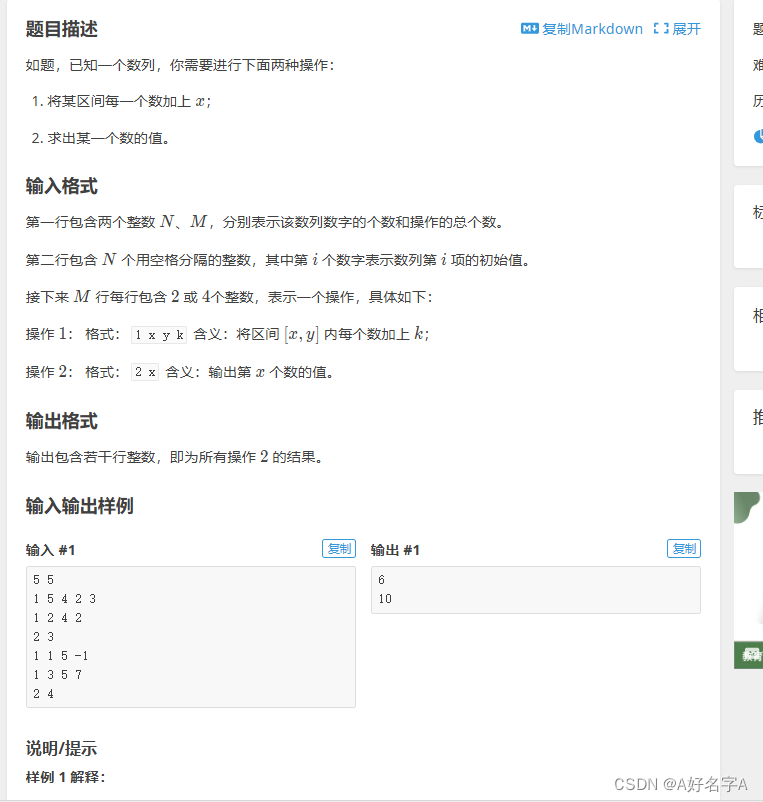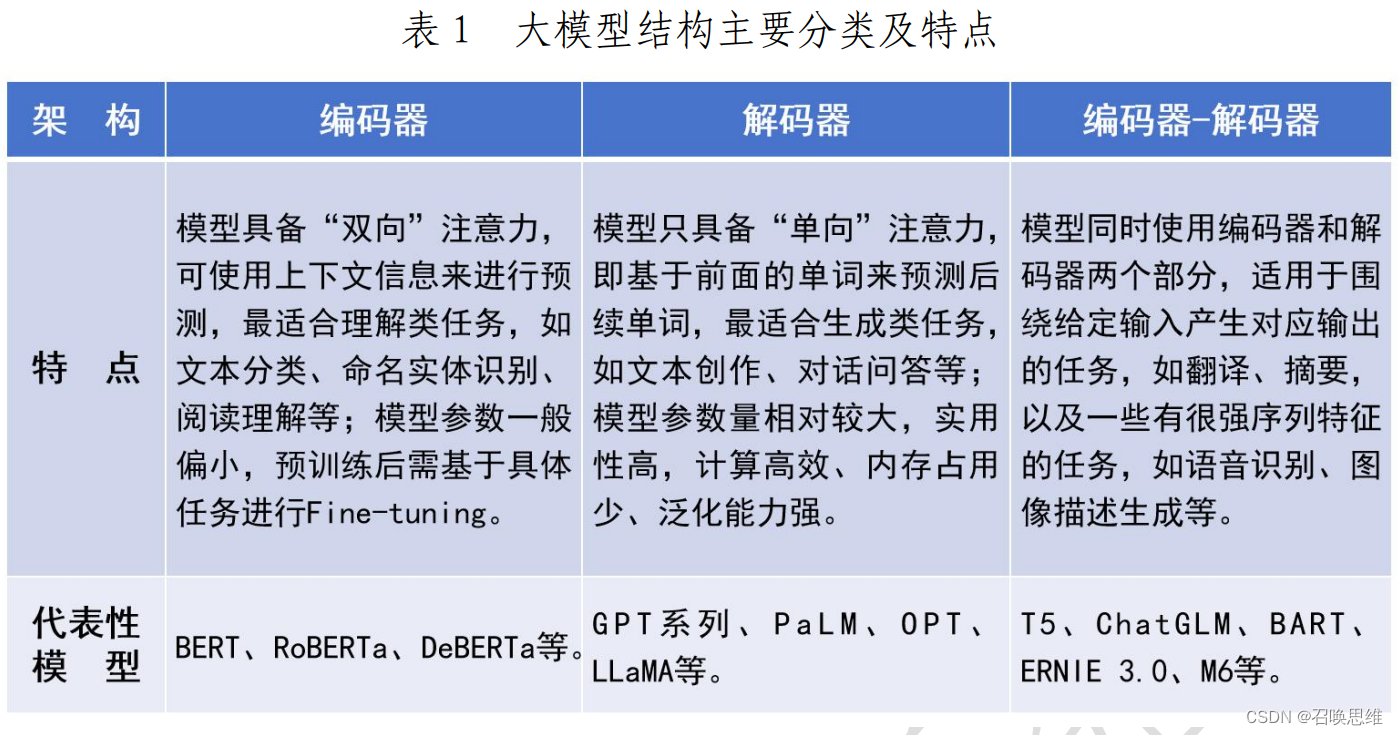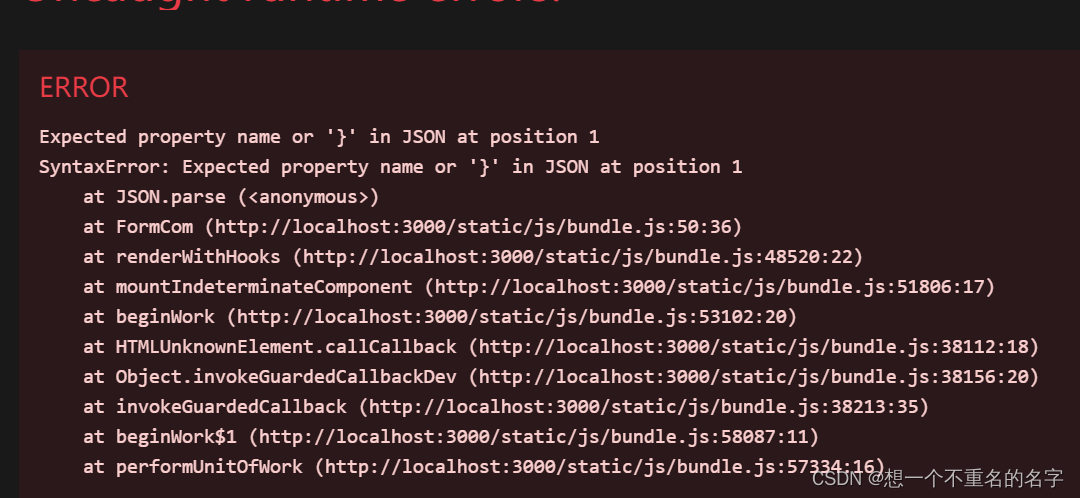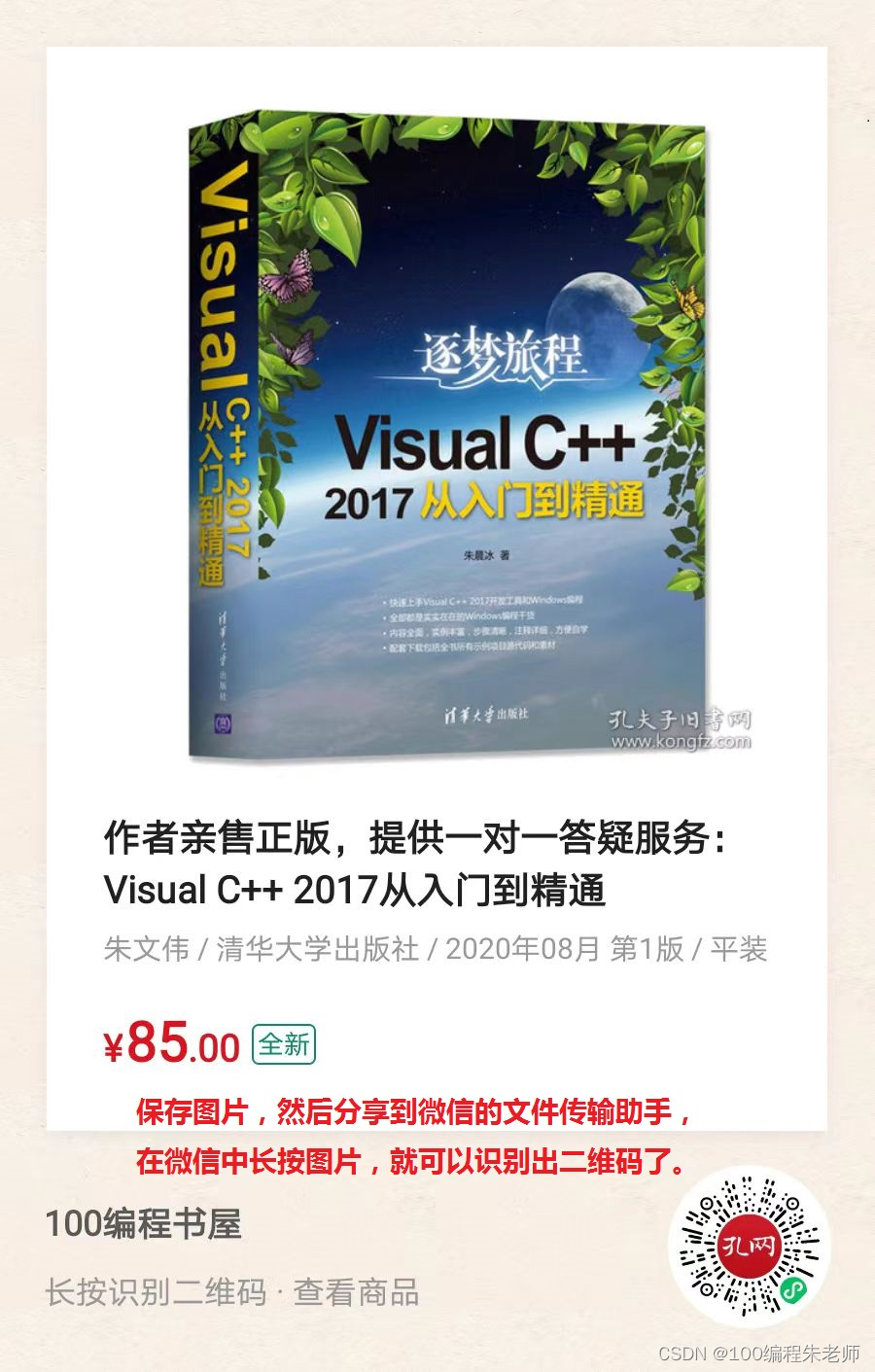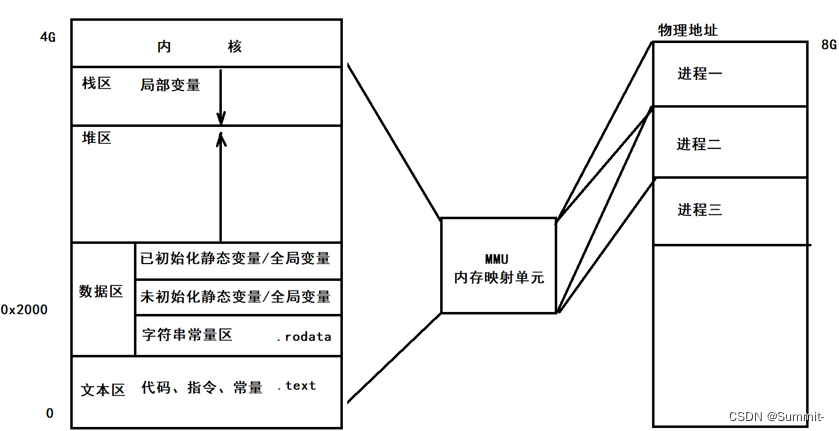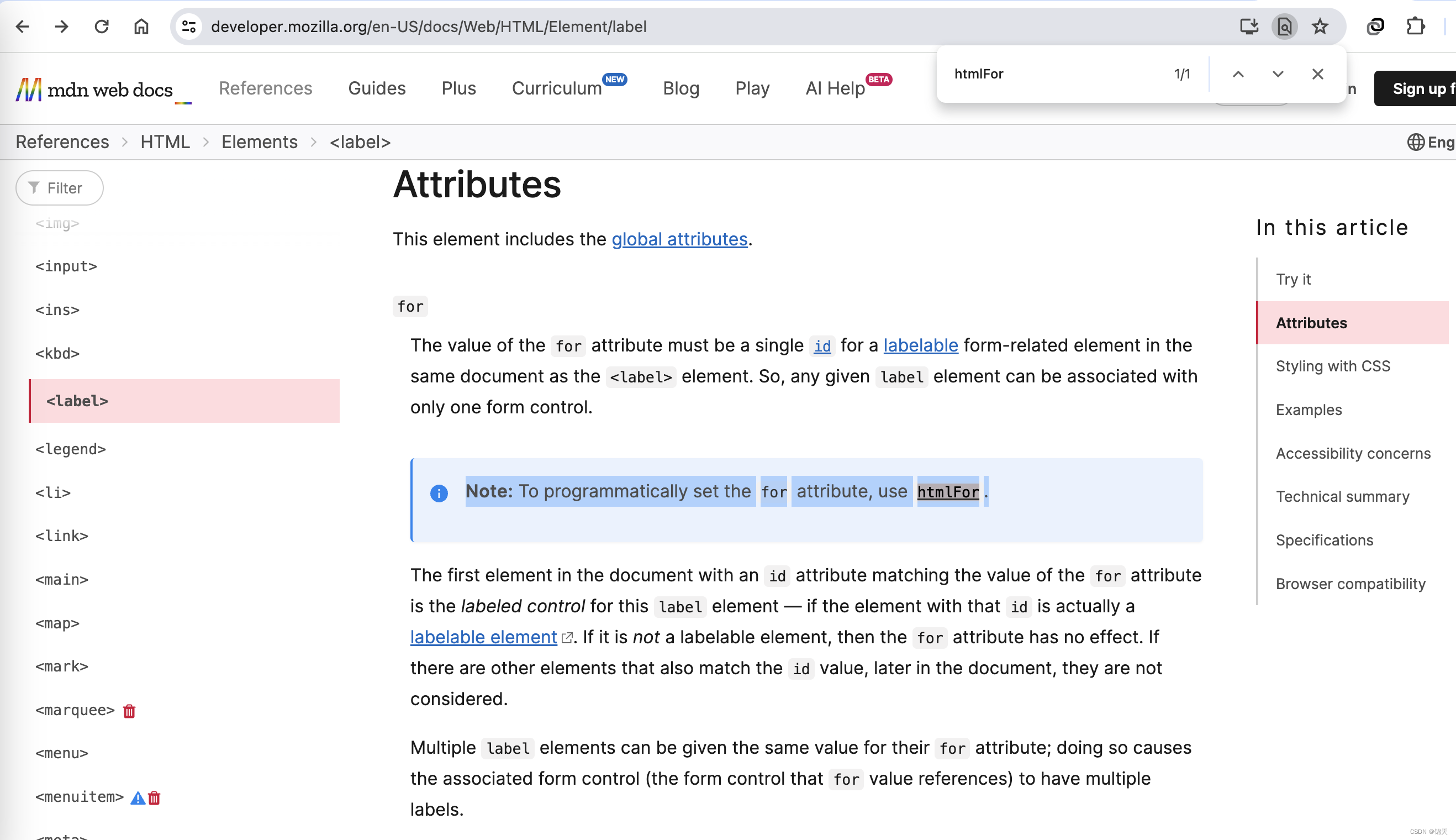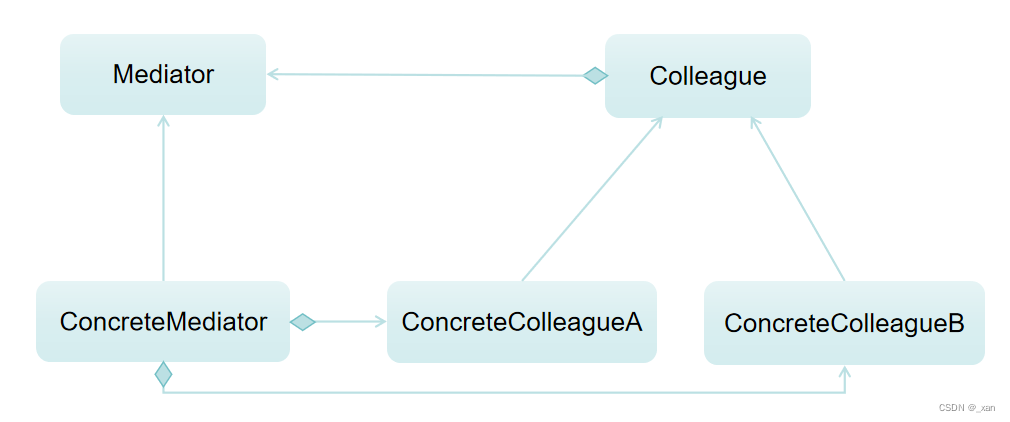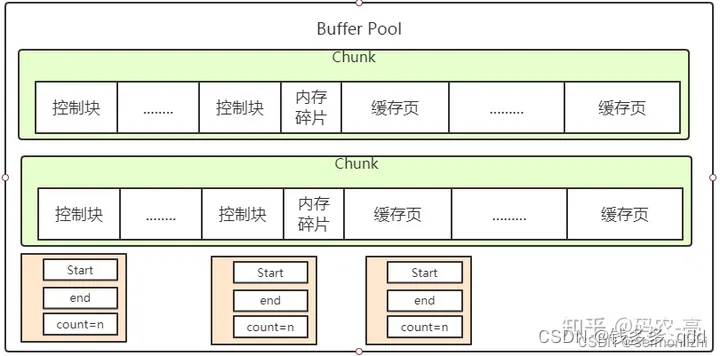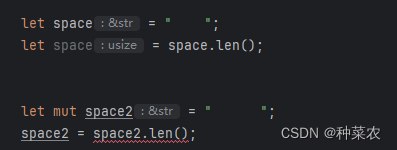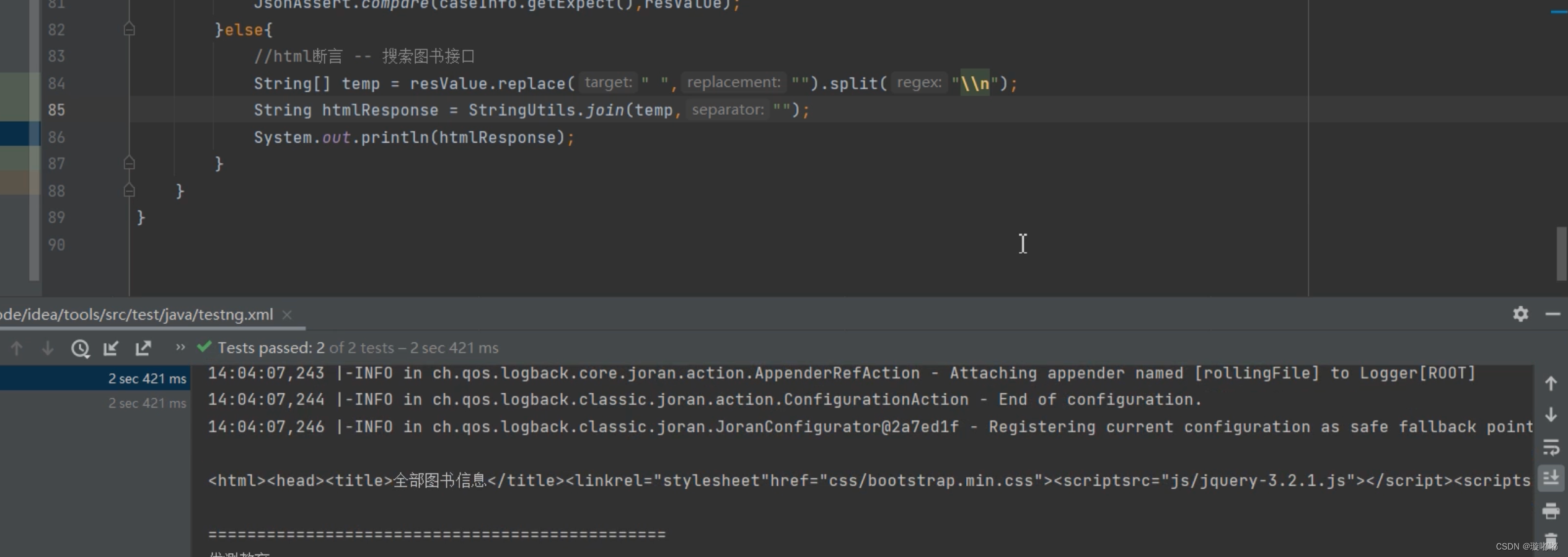依赖注入
概念
-
依赖注入(Dependency Injection,DI)。
-
依赖 : 指Bean对象的创建依赖于容器 . Bean对象的依赖资源 .
-
注入 : 指Bean对象所依赖的资源 , 由容器来设置和装配 .
构造器注入
前面已经介绍过,参考4、IOC创建对象的方式
Set方式注入【重点】
- 依赖注入:Set注入
- 依赖:bean对象的创建依赖于容器!
- 注入:bean对象中的所有属性,由容器来注入!
【环境搭建】
-
复杂类型
public class Address { private String address; public String getAddress() { return address; } public void setAddress(String address) { this.address = address; } } -
真实测试对象
public class Student { private String name; private Address address; private String[] books; private List<String> hobbies; private Map<String,String> card; private Set<String> games; private String wife; private Properties info; } -
beans.xml
<?xml version="1.0" encoding="UTF-8"?> <beans xmlns="http://www.springframework.org/schema/beans" xmlns:xsi="http://www.w3.org/2001/XMLSchema-instance" xsi:schemaLocation="http://www.springframework.org/schema/beans https://www.springframework.org/schema/beans/spring-beans.xsd"> <bean id="student" class="com.study.pojo.Student"> <!--第一种:普通值注入,value --> <property name="name" value="黑心白莲"/> </bean> </beans> -
测试类
public class MyTest { public static void main(String[] args) { ApplicationContext context = new ClassPathXmlApplicationContext("beans.xml"); Student student = (Student) context.getBean("student"); System.out.println(student.getName()); } } -
完善注入信息
<bean id="address" class="com.study.pojo.Address"> <property name="address" value="西安"/> </bean> <bean id="student" class="com.study.pojo.Student"> <!--第一种:普通值注入,value --> <property name="name" value="黑心白莲"/> <!--第二种: --> <property name="address" ref="address"/> <!--数组 --> <property name="books"> <array> <value>红楼梦</value> <value>西游记</value> <value>水浒传</value> <value>三国演义</value> </array> </property> <!--List --> <property name="hobbies"> <list> <value>打篮球</value> <value>看电影</value> <value>敲代码</value> </list> </property> <!--Map --> <property name="card"> <map> <entry key="身份证" value="123456789987456321"/> <entry key="银行卡" value="359419496419481649"/> </map> </property> <!--Set --> <property name="games"> <set> <value>LOL</value> <value>COC</value> <value>BOB</value> </set> </property> <!--NULL --> <property name="wife"> <null/> </property> <!--Properties --> <property name="info"> <props> <prop key="driver">20191029</prop> <prop key="url">102.0913.524.4585</prop> <prop key="user">黑心白莲</prop> <prop key="password">123456</prop> </props> </property> </bean>
P命名空间注入 : 需要在头文件中加入约束文件
导入约束 : xmlns:p="http://www.springframework.org/schema/p"
<!--P(属性: properties)命名空间 , 属性依然要设置set方法-->
<bean id="user" class="com.study.pojo.User" p:name="狂神" p:age="18"/>
c 命名空间注入 : 需要在头文件中加入约束文件
导入约束 : xmlns:c="http://www.springframework.org/schema/c"
<!--C(构造: Constructor)命名空间 , 属性依然要设置set方法-->
<bean id="user" class="com.study.pojo.User" c:name="狂神" c:age="18"/>
发现问题:爆红了,刚才我们没有写有参构造!
解决:把有参构造器加上,这里也能知道,c 就是所谓的构造器注入!
测试:
@Test
public void test2(){
ApplicationContext context = new ClassPathXmlApplicationContext("userbeans.xml");
User user = context.getBean("user",User.class);
System.out.println(user);
User user2 = context.getBean("user2",User.class);
System.out.println(user2);
}
注意点:p命名和c命名空间不能直接使用,需要导入xml约束!
xmlns:p="http://www.springframework.org/schema/p"
xmlns:c="http://www.springframework.org/schema/c"
bean的作用域

几种作用域中,request、session作用域仅在基于web的应用中使用(不必关心你所采用的是什么web应用 框架),只能用在基于web的Spring ApplicationContext环境。
-
单例模式(Spring默认机制)
<bean id="user2" class="com.study.pojo.User" c:name="狂神" c:age="22" scope="singleton"/> -
原型模式:每次从容器中get的时候,都会产生一个新对象!
<bean id="user2" class="com.study.pojo.User" c:name="狂神" c:age="22" scope="prototype"/>
.study.pojo.User" c:name=“狂神” c:age=“22” scope=“singleton”/>
2. 原型模式:每次从容器中get的时候,都会产生一个新对象!
```xml
<bean id="user2" class="com.study.pojo.User" c:name="狂神" c:age="22" scope="prototype"/>
- 其余的request、session、application、这些只能在web开发中使用到!





